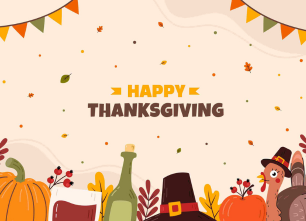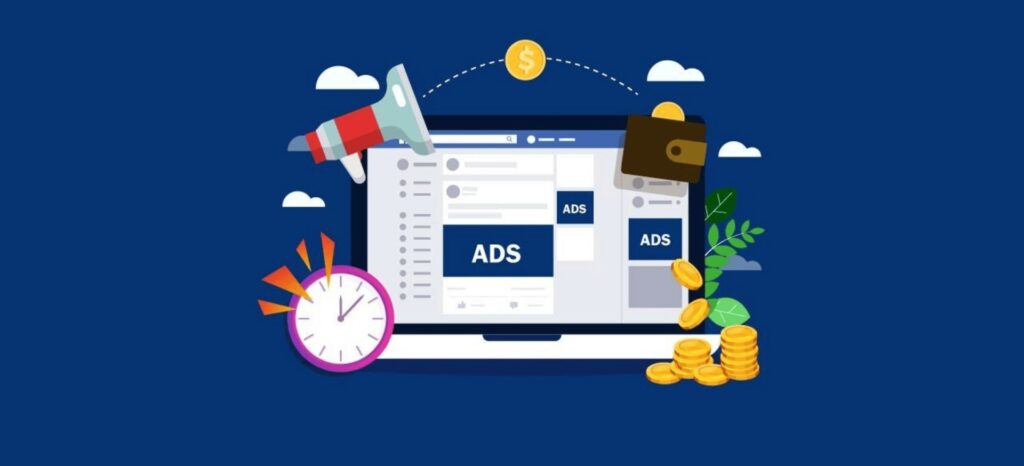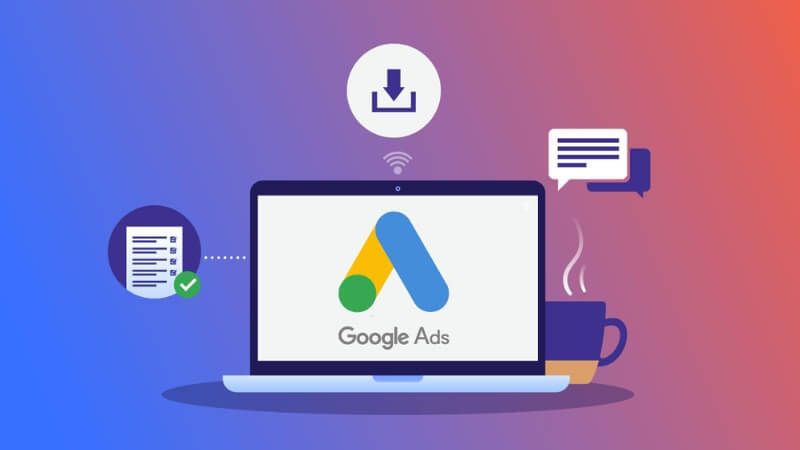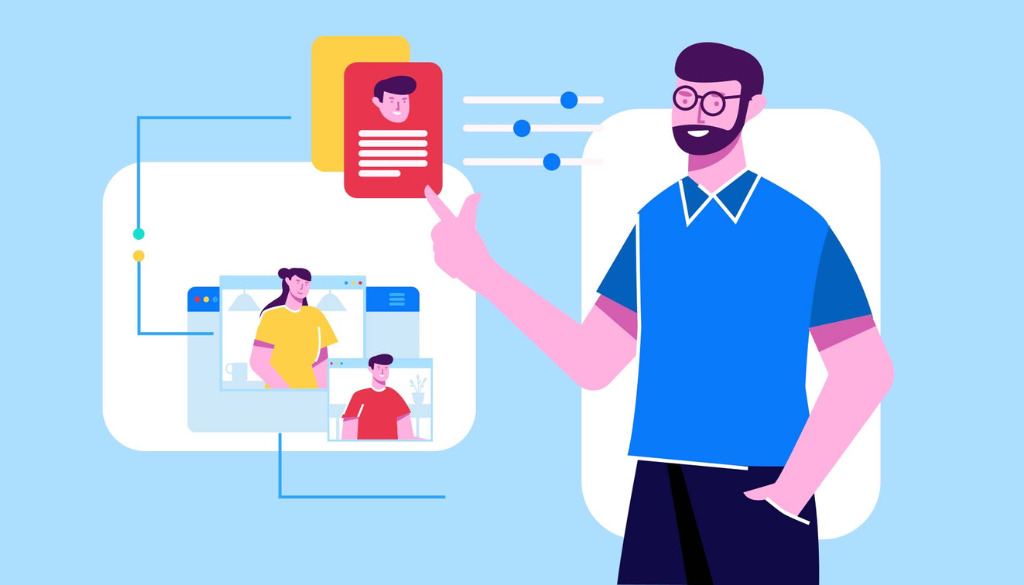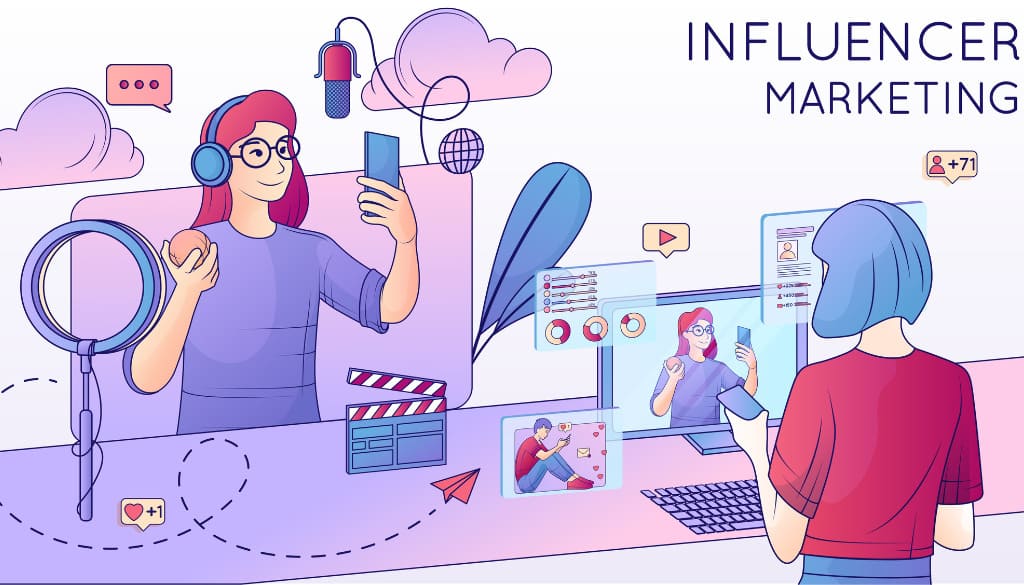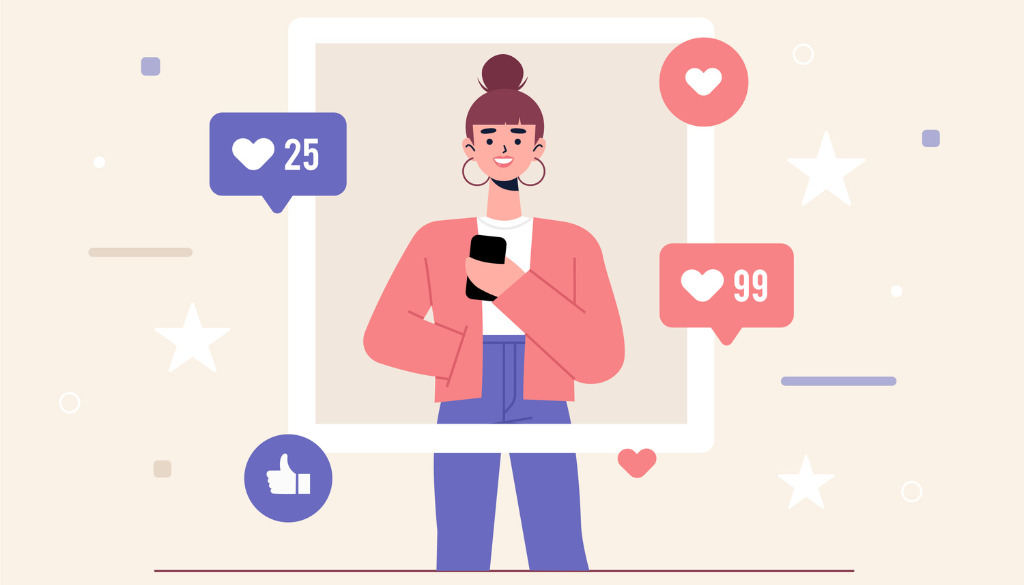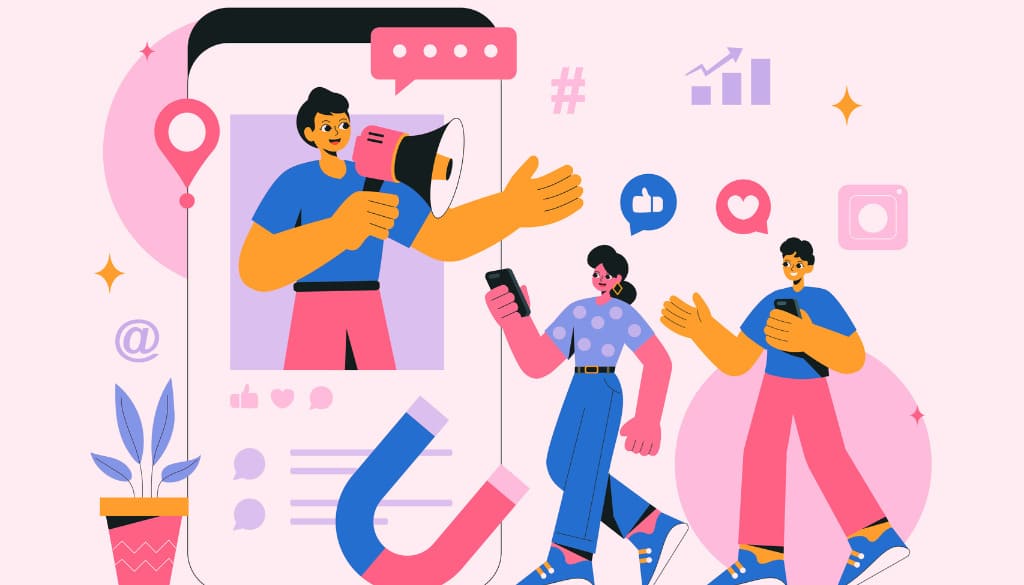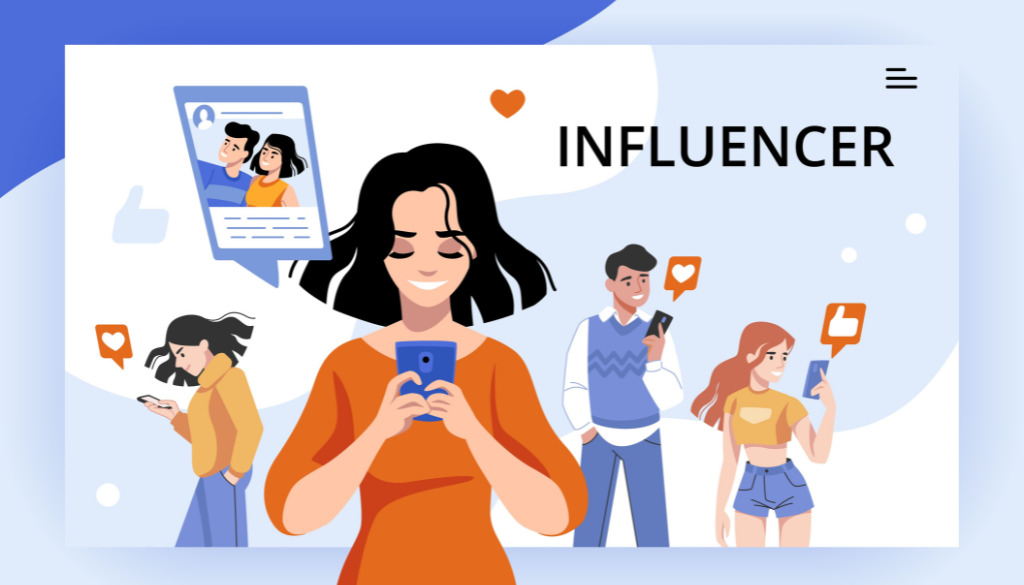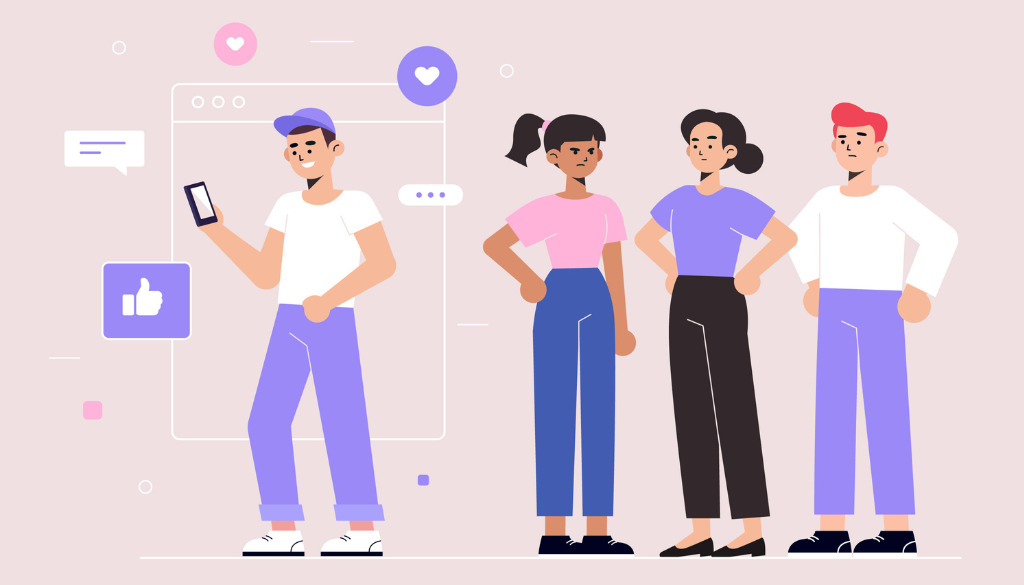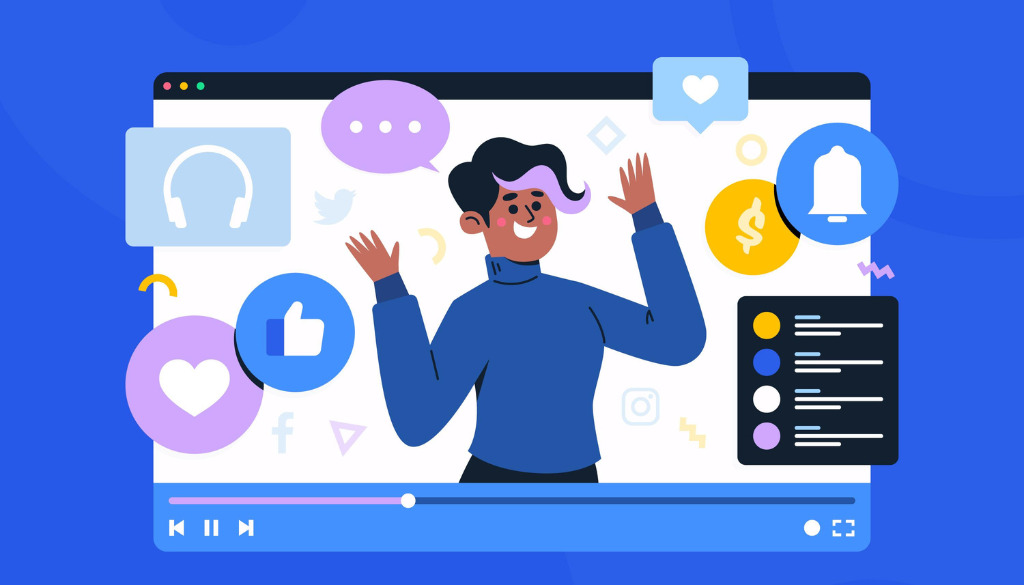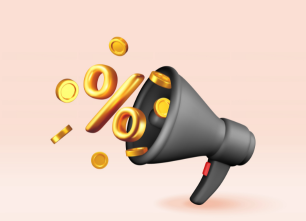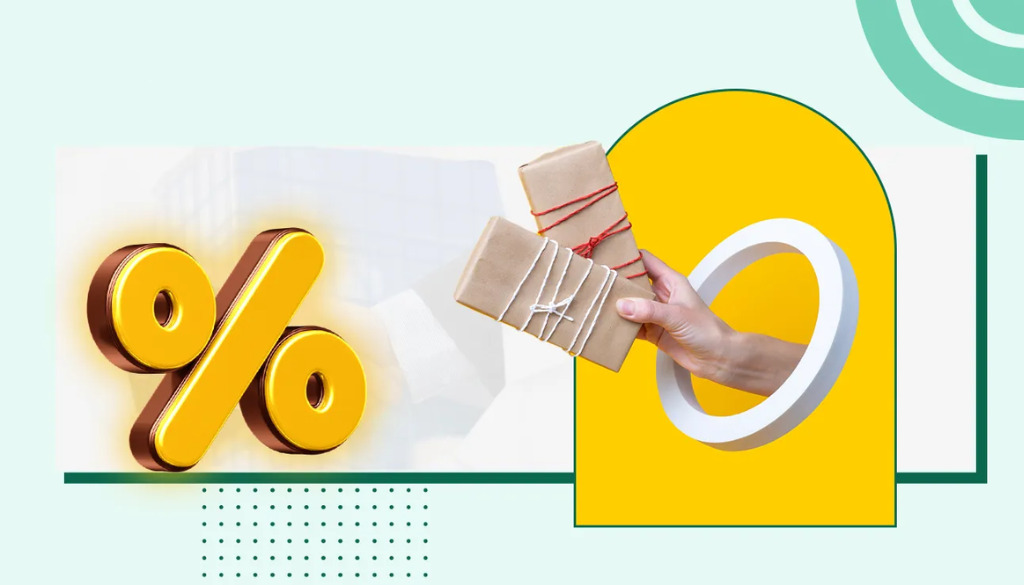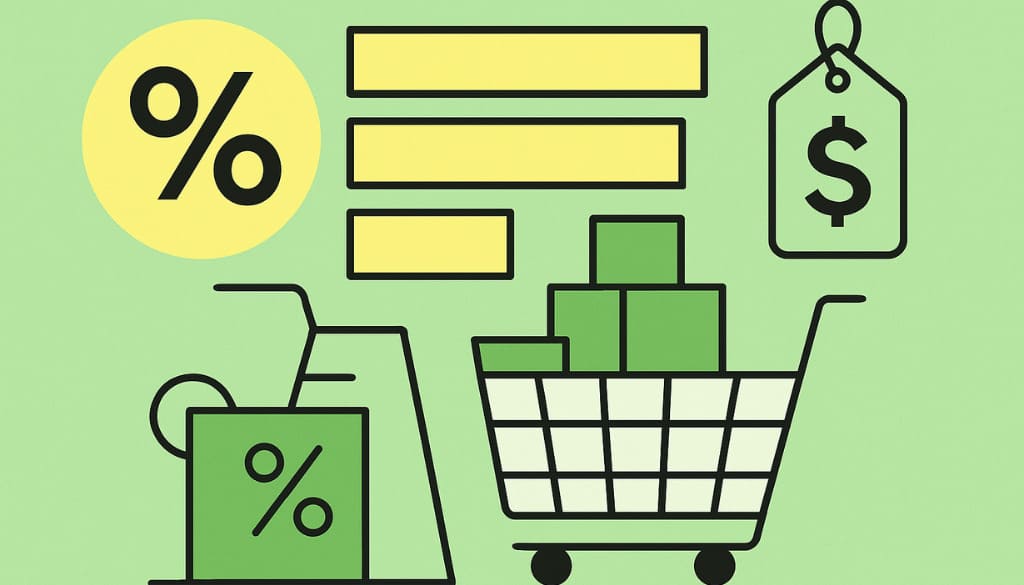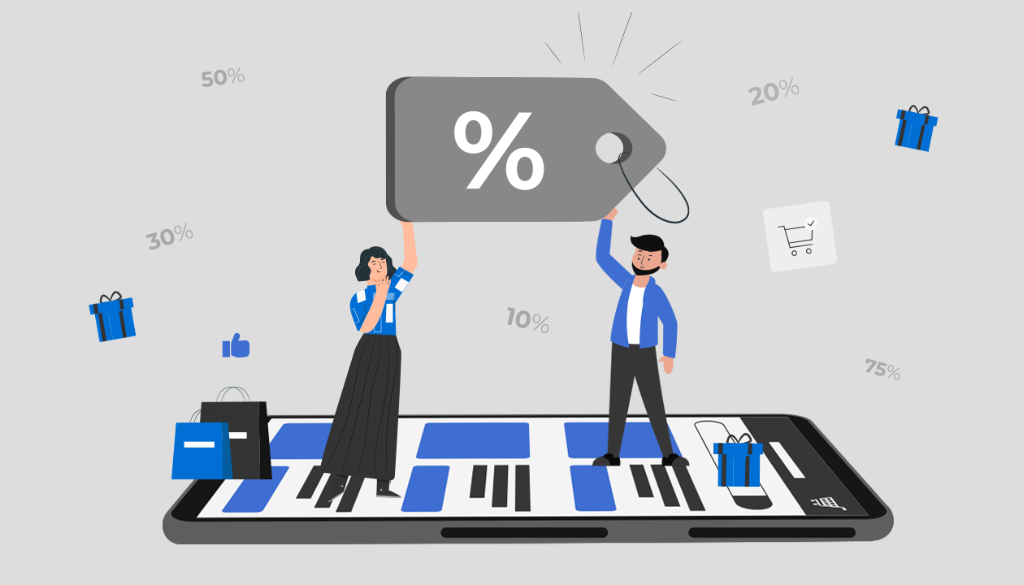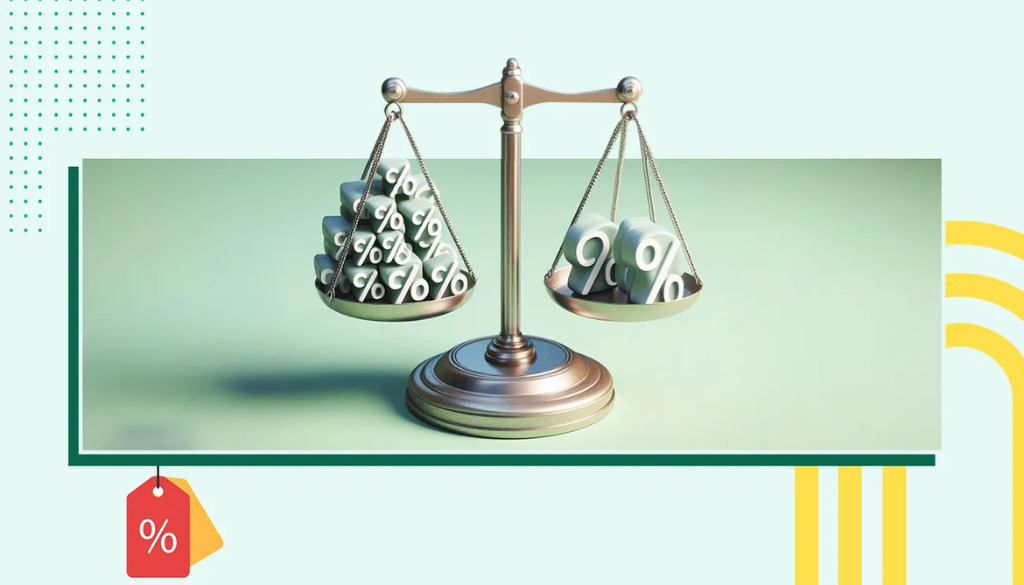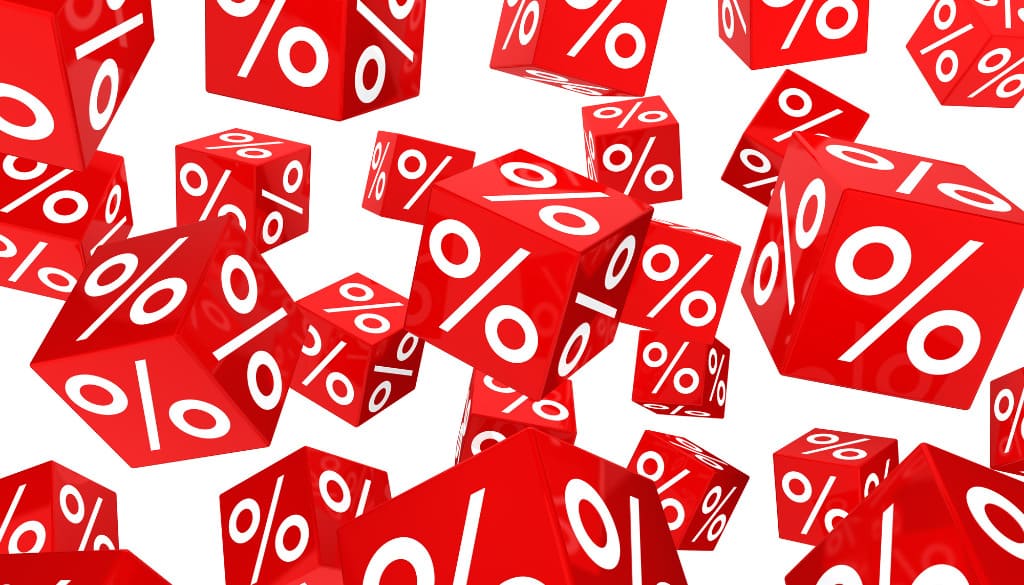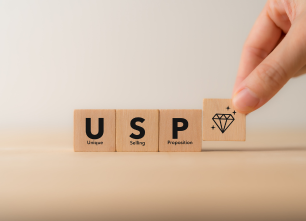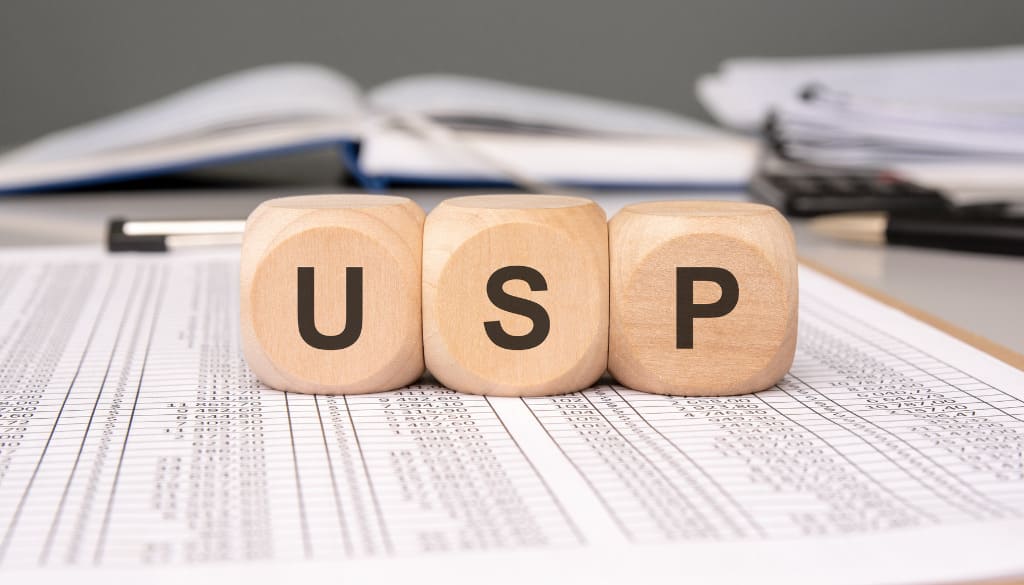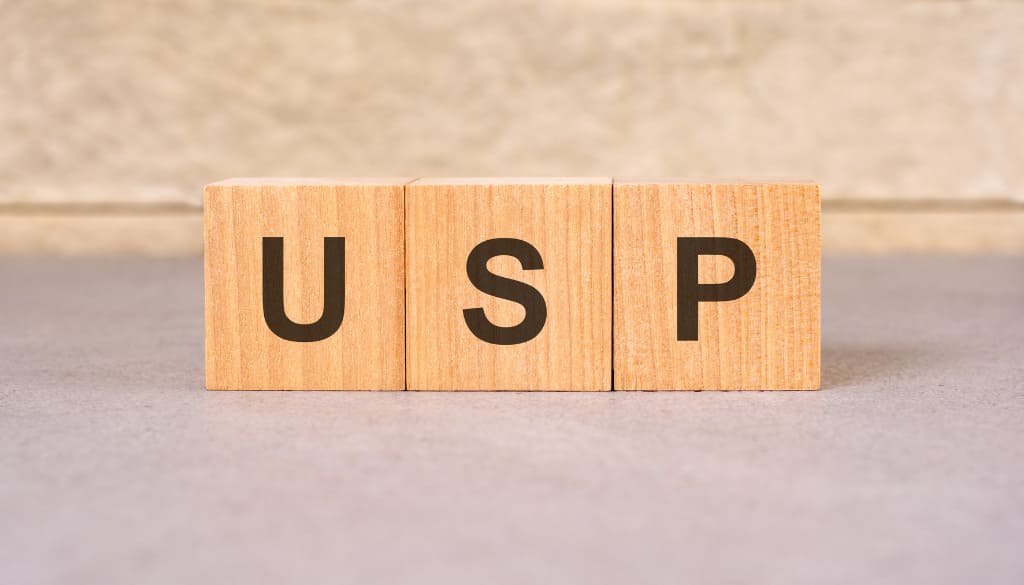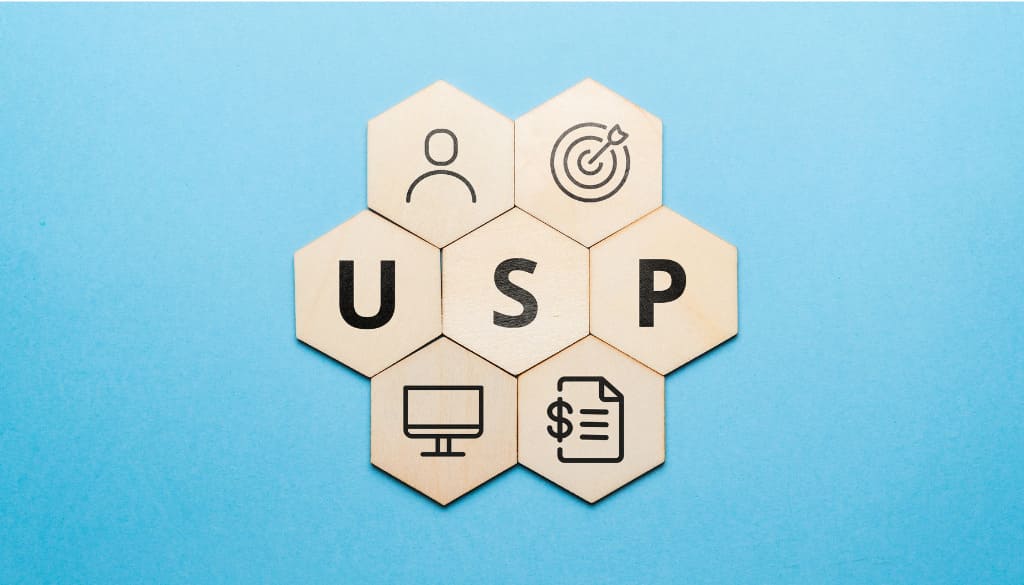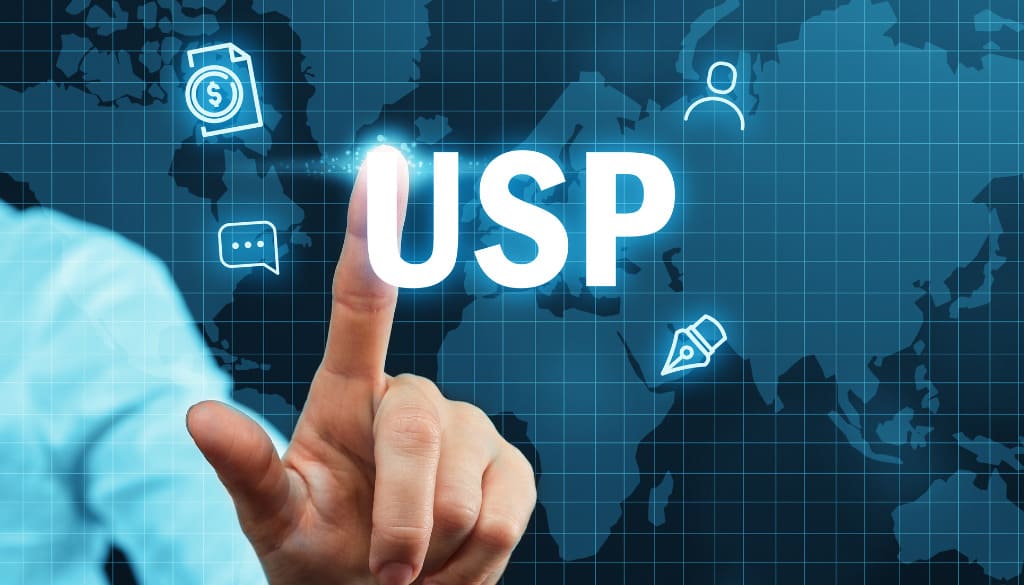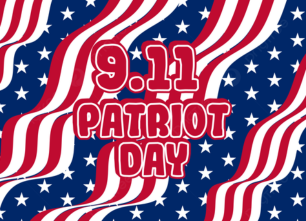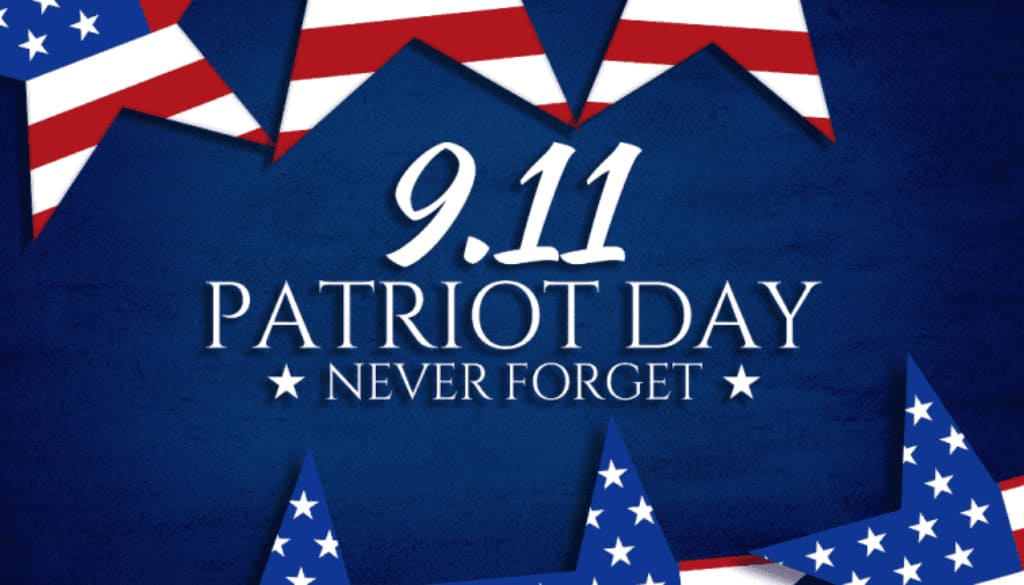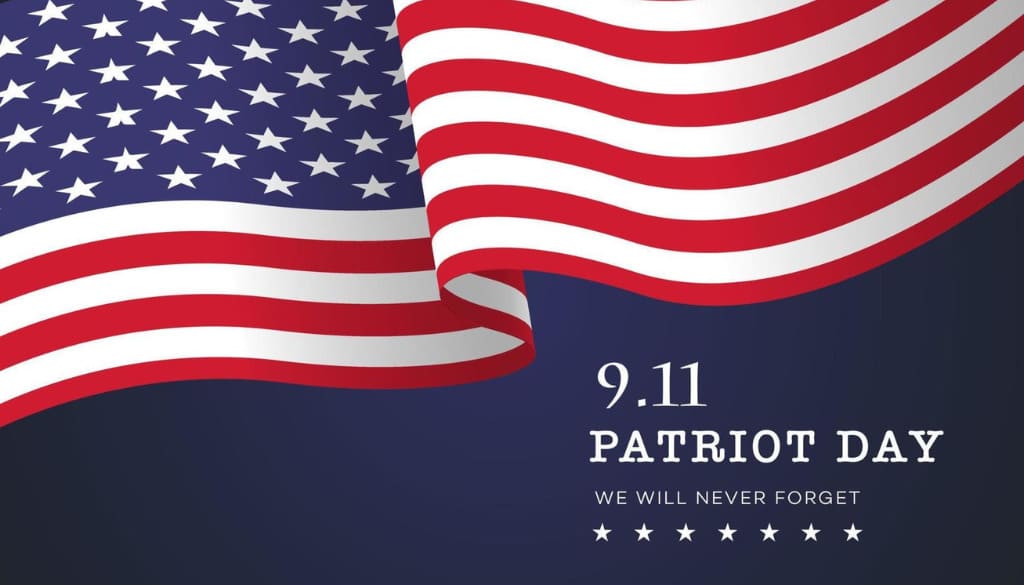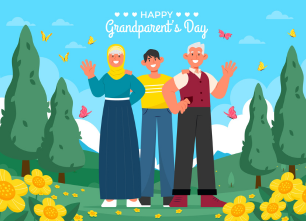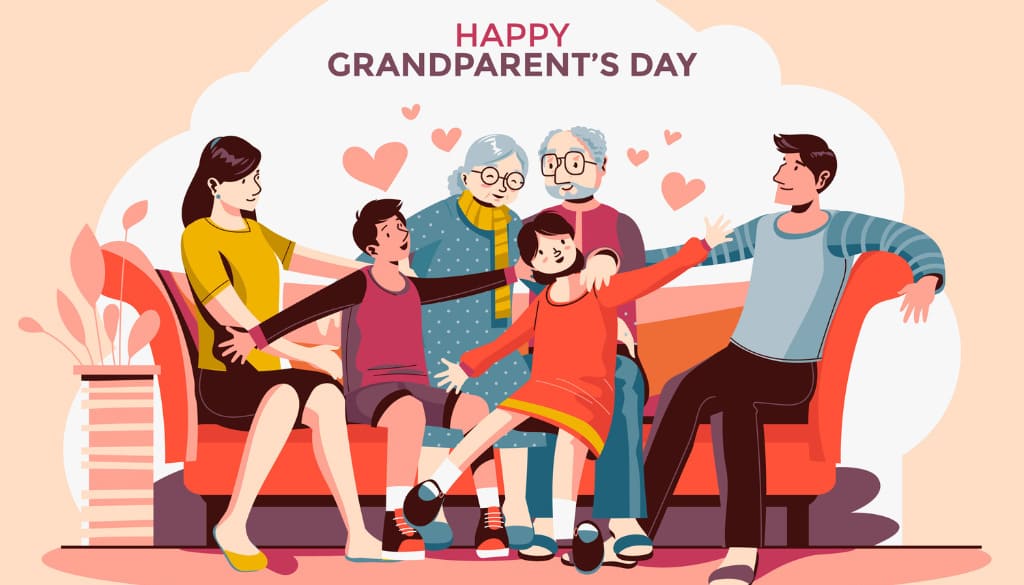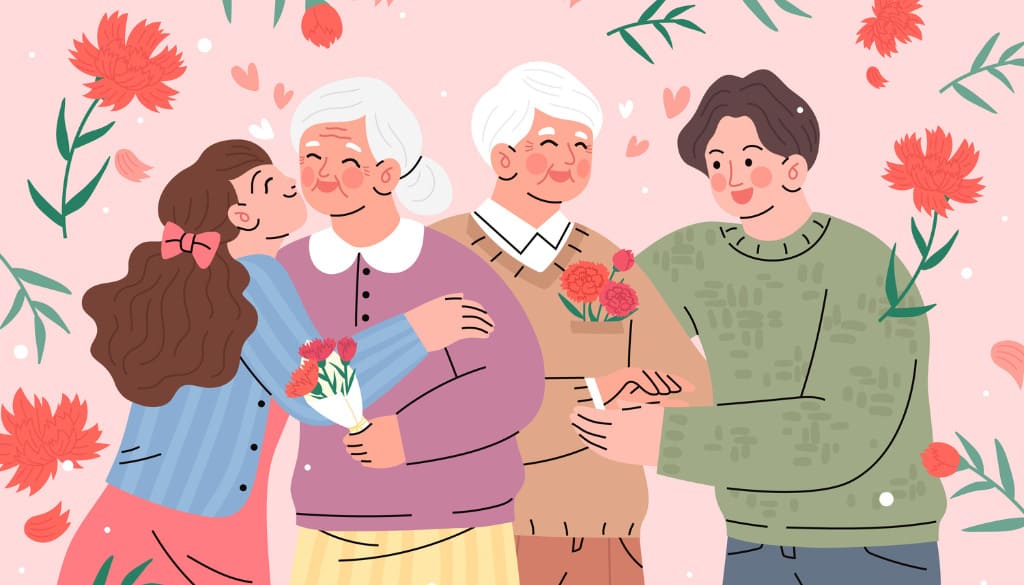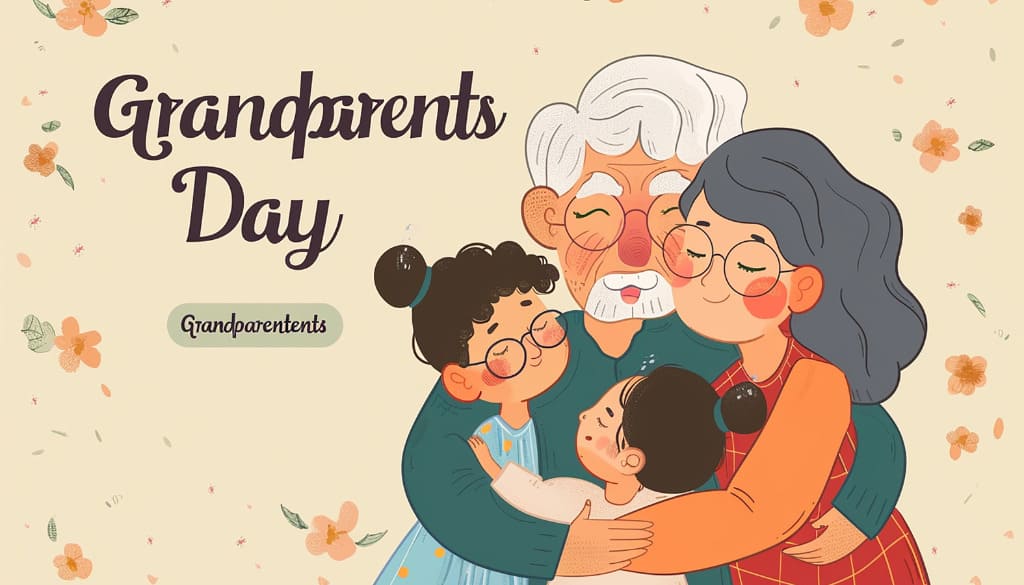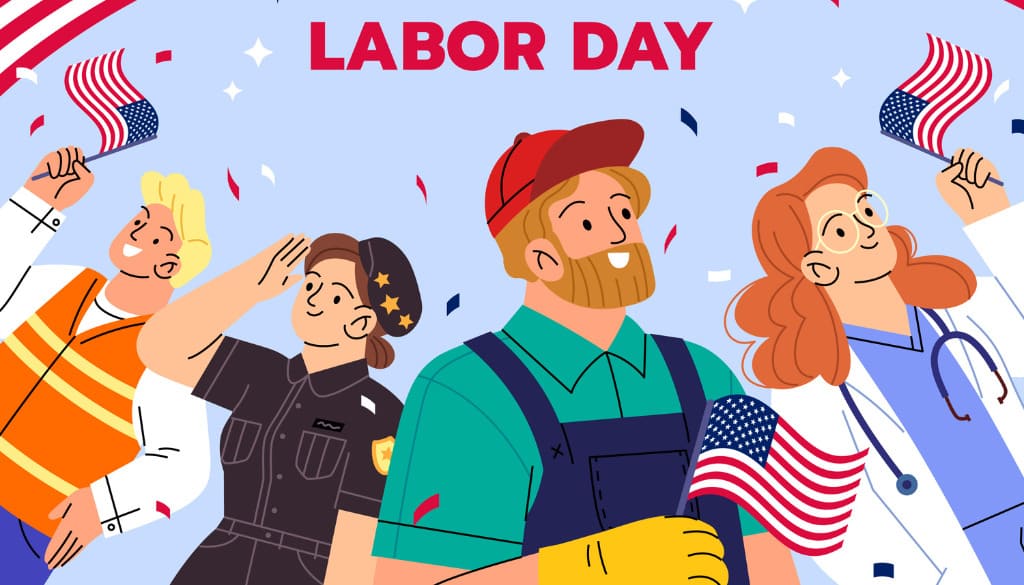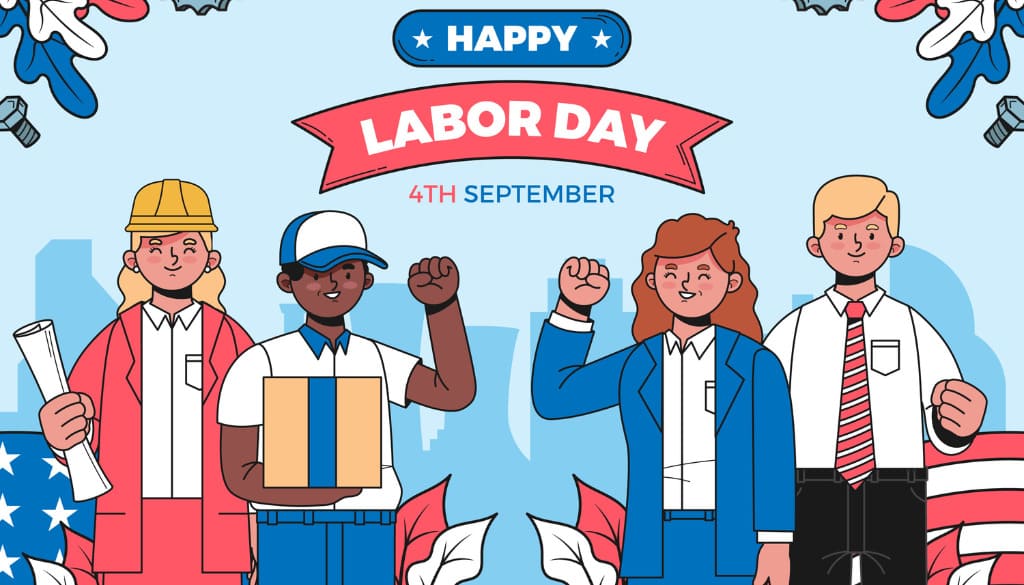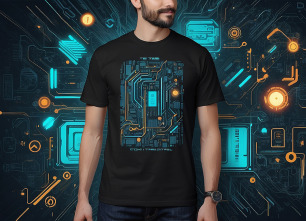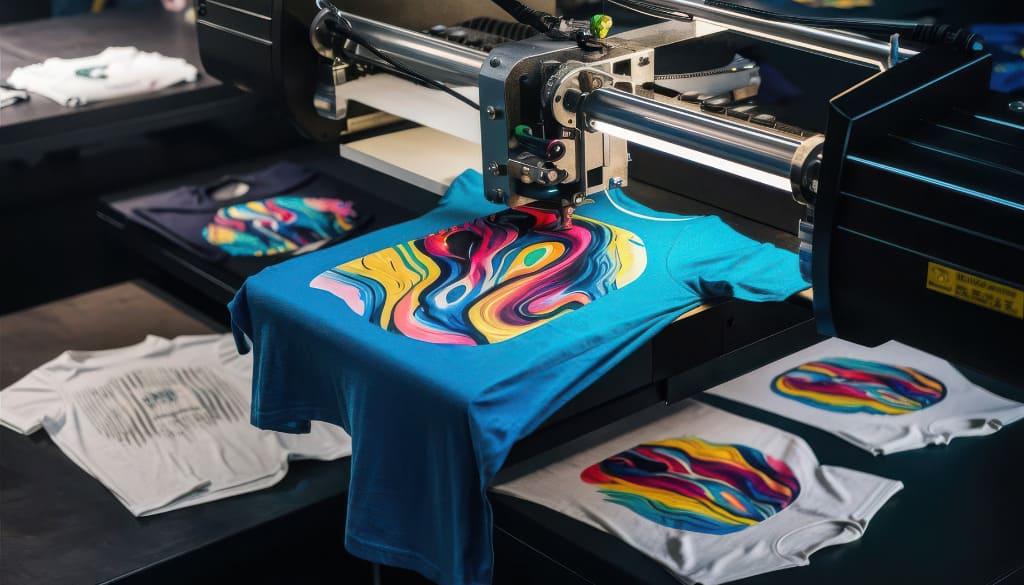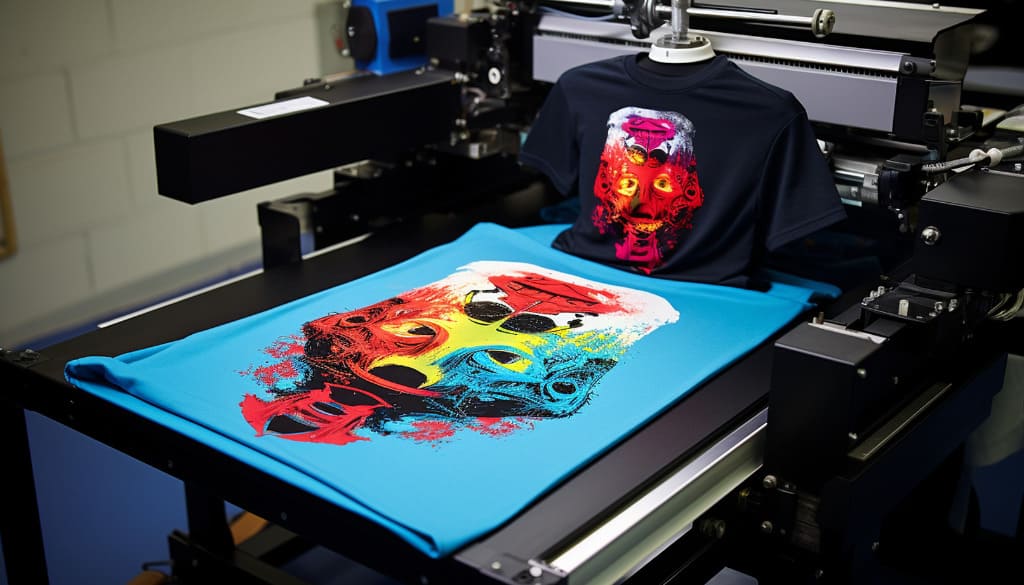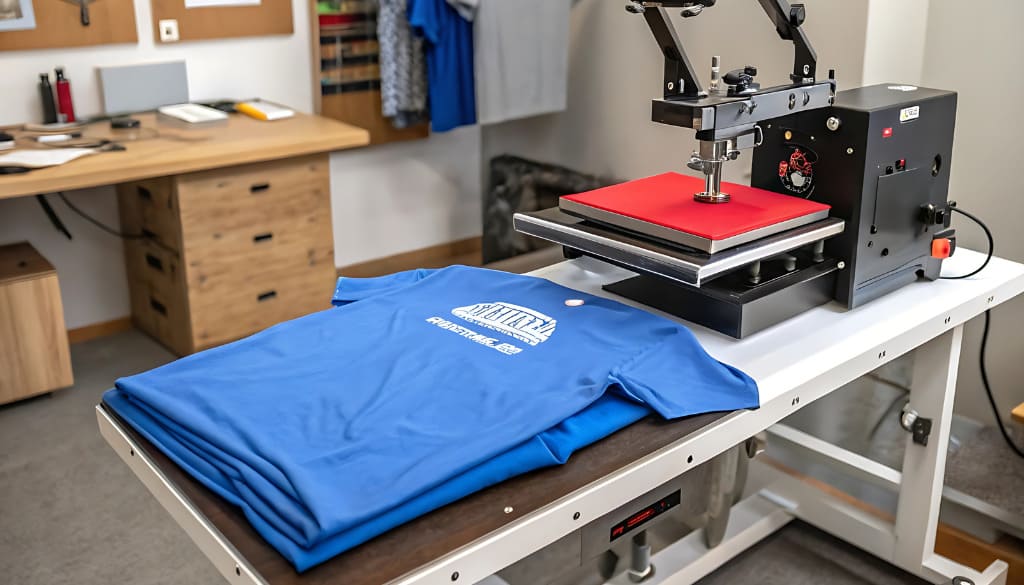The year-end holiday season is always the prime time for Print on Demand (POD) sellers to boost their revenue. Among these holidays, Thanksgiving, one of the most important traditional celebrations in the U.S. – marks the beginning of the biggest shopping period of the year, leading into Black Friday, Cyber Monday, and Christmas. If you know how to seize this opportunity, the “goldmine” of Thanksgiving can be the perfect kickoff to a record-breaking sales season.
This article explores the POD market potential during Thanksgiving 2025, explaining why this holiday is a golden opportunity for sellers, outlining a campaign preparation roadmap, and showcasing the top 5 best-selling POD niches for the season. Let’s dive in to learn how to maximize your advantage, boost revenue, and build a strong POD brand throughout the festive period.
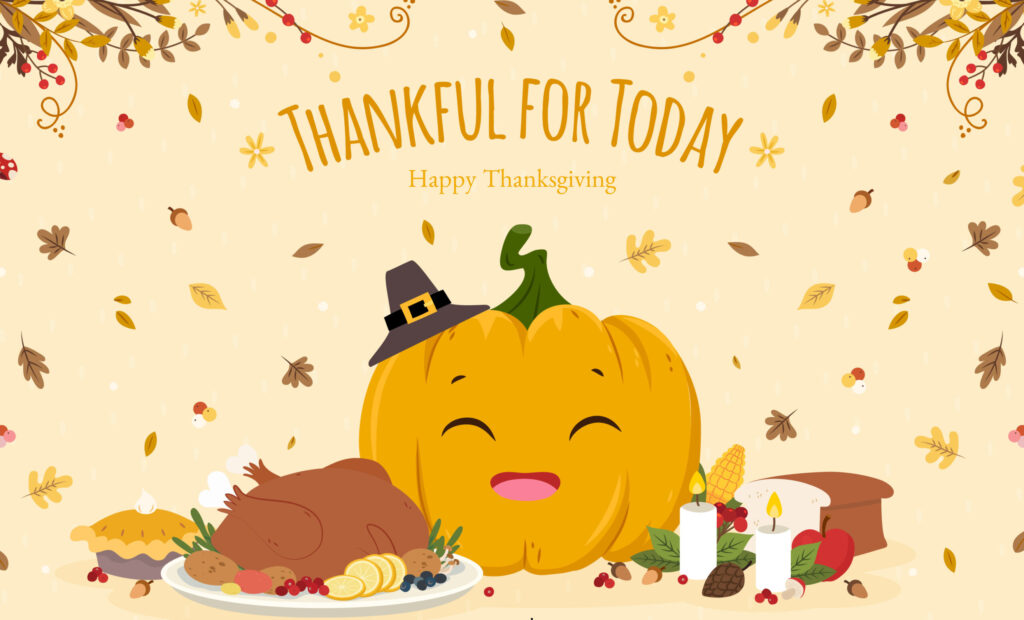
POD Market Potential for Thanksgiving 2025
To understand the full potential of this market, let’s take a look at the forecasts and statistics for the upcoming 2025 holiday season. These figures provide a solid foundation for sellers to confidently invest time, creativity, and resources into their Thanksgiving campaigns.
Explosive Growth of the Global POD Industry
The Print on Demand (POD) industry is experiencing rapid and unprecedented growth. According to reputable market research firms such as Mordor Intelligence and Future Market Insights, the global POD market is valued at approximately USD 11–12 billion in 2025 and is expected to grow at an impressive CAGR (Compound Annual Growth Rate) of around 23–25% in the coming years.
This surge is driven by the rising demand for personalized products, the flexibility of the inventory-free business model, and the booming expansion of e-commerce platforms. With its strong focus on gift-giving and unique decorative items, Thanksgiving represents a particularly fertile ground for POD products.
Holiday Spending Trends 2025
Despite ongoing economic concerns, consumers remain willing to spend generously during the festive season.
- Explosive growth in online spending: According to Adobe Analytics, holiday shopping (from November to December 2025) is projected to surpass $250 billion in the U.S. for the first time, a 5.3% increase compared to the previous year. Thanksgiving will be among the peak days for online purchases during this period.
- The dominance of mobile shopping: More than half of total online holiday revenue (about 56.1%) is expected to come from mobile devices. This highlights the importance of optimizing your store and shopping experience for mobile users.
- Early shopping behavior: According to Salesforce, consumers are starting to look for deals earlier than ever, as soon as October, to spread out their spending and avoid last-minute stress.
Thanksgiving: More Than Just Turkey and Pumpkin Pie
- A major shopping event: According to Deloitte, total retail sales during the 2025 holiday season are expected to reach $1.61 trillion. Thanksgiving is not only a holiday but also one of the biggest shopping events of the year, serving as a direct gateway to Black Friday.
- Increased gift spending: A report by Amra & Elma reveals that 69% of consumers purchase gifts during the Thanksgiving weekend, making it a golden opportunity for personalized POD products.
- The rise of “Friendsgiving”: An increasing number of people, especially younger generations, are celebrating Friendsgiving, a more casual version of Thanksgiving spent with friends. This trend opens up a new market for creative, humorous, and less formal gifts, décor, and apparel.
These numbers paint a picture of tremendous potential. Thanksgiving 2025 isn’t just an opportunity – it’s an opportunity you can’t afford to miss.
Why Thanksgiving Is a Golden Opportunity for POD Sellers
Beyond the impressive numbers, the very nature of Thanksgiving makes it a uniquely perfect time for POD businesses to thrive.
Emotional Buying Power
Thanksgiving is a holiday of family, gratitude, and togetherness. Everything revolves around connection, tradition, and nostalgia. When customers see a cute family T-shirt or a decorative pillow with a warm message, they’re more likely to make emotion-driven purchases, often without worrying much about price.
The Perfect Kickoff to the Biggest Sales Season
Thanksgiving marks the official start of Cyber Week, which includes Black Friday and Cyber Monday, the most intense shopping week of the year. Many customers are already in “deal-hunting mode” starting on Thanksgiving Day. Having your products and marketing campaigns ready in advance allows you to ride the wave of this massive spending surge.
Wide Range of Product Demand
Unlike other holidays that focus mainly on gifts, Thanksgiving opens up opportunities across multiple POD product categories:
- Apparel: Family T-shirts, hoodies, and sweatshirts for adults and kids.
- Home Decor: Pillows, blankets, canvases, wall flags, doormats.
- Kitchenware: Aprons, dish towels, pot holders, mugs.
- Host Gifts: Small, unique presents to bring to a Thanksgiving dinner.
Seasonal Urgency Drives Action
Thanksgiving-themed products have a short life cycle, creating a sense of urgency that pushes customers to buy immediately, the classic “buy it before it’s gone” mentality. This psychological trigger is one of the most powerful revenue drivers for sellers.
Maximum Personalization Potential
Thanksgiving is the perfect occasion for personalized POD products. Examples include:
- “Baby [Name]’s First Thanksgiving 2025”
- “The [Family Name] Family – Thankful for All We Have”
- “Chef [Name] – King of the Kitchen”
Each personalized detail adds emotional value, transforming simple products into meaningful keepsakes that customers can’t resist.
Golden Roadmap: Thanksgiving Campaign Preparation Timeline
To run an effective Thanksgiving campaign, you need a detailed timeline. Below is a suggested week-by-week roadmap for POD sellers:
| Phase | Main Tasks | Notes |
| August – Early September | Research holiday trends; choose your niche and hero products | Review prior years’ sales data; identify hot niches, graphic styles/fonts, and fresh concepts |
| Mid-September | Create designs, mockups, and test samples | Optimize for the season: warm palettes, fall themes, gratitude messaging |
| Late September – Early October | Plan marketing and ad budget; optimize listings | Prepare ad creatives, blog posts, and email marketing assets |
| Mid-October | Launch teasers and pre-launch; collect emails; build a landing page | Post teasers; run a livestream to showcase seasonal products |
| Early November | Ramp up ads; audit logistics and fulfillment | Check inventory, shipping partners, and forecast order volume |
| Thanksgiving Week (Late November) | Accelerate ads; run flash sales; upsell/cross-sell | Schedule “golden hour” deals; bundle seasonal products |
| Cyber Week & Post-Thanksgiving | Run a retrospective; retarget visitors; remarket | Keep ads running; send reminder emails plus a second-wave promo |
Explore 5 “High-Profit” POD Niches for Thanksgiving
To make your Thanksgiving campaign a success, choosing the right product niche is crucial. Below are five POD niches with the highest potential for explosive growth that every seller should focus on.
Home Decor
As the Thanksgiving atmosphere fills every home, demand for decorations skyrockets. This is the golden opportunity for products like canvas wall art, throw pillows, table runners, and posters featuring cozy fall aesthetics. Designs in rustic “farmhouse” style, with maple leaves, pumpkins, and warm quotes like “Gather & Give Thanks” are always top sellers, helping customers create a cozy and festive space for family gatherings.
Family & Gratitude Gifts
At its core, Thanksgiving is about gratitude, so meaningful gifts are always in high demand. Mugs with heartfelt messages, decorative plates engraved with “Thankful”, or pillows featuring notes of appreciation make perfect presents. These items allow buyers to express love and gratitude toward family, friends, or hosts during the holiday.
Themed Apparel
This is a classic yet ever-profitable niche. Family T-shirts, sweaters, and hoodies with cute turkey graphics, humorous quotes like “I’m just here for the pie”, or simple words like “Grateful” sell extremely well. With easy design execution and fast production, apparel remains a core product category to reach a wide range of customers.
Personalized Products
In a competitive market, personalization is the key differentiator. Think of pillows printed with the family name and year, canvas art with family photos, or aprons with fun titles like “Chef [Name] – Kitchen King.” These custom products carry strong emotional value, making them more meaningful and higher priced in the eyes of buyers.
Accessories & Small Gifts
Never underestimate the power of small products. Keychains, water bottles, tote bags, and notebooks with Thanksgiving patterns are perfect upsell items or budget-friendly gifts. They help increase average order value while appealing to customers looking for simple yet thoughtful presents.
POD Business & Marketing Strategy for Thanksgiving Season
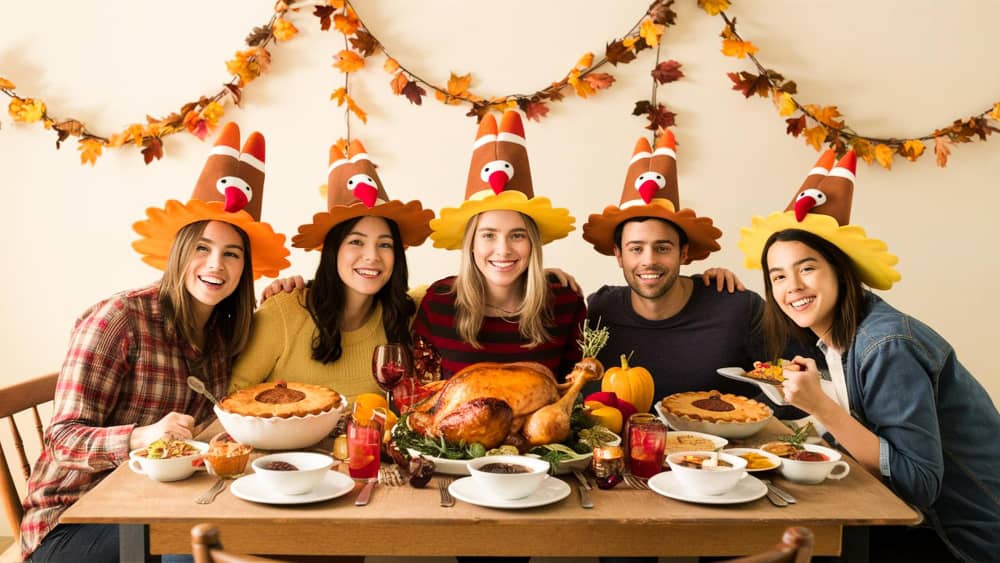
Having great products is not enough – you need a smart strategy to get them into your customers’ hands.
Store Optimization
- Create Themed Banners: Design a homepage banner that captures the autumn and Thanksgiving vibe to immediately set the mood for shoppers.
- Build a Dedicated Collection: Group all your Thanksgiving-related products into a special category, such as “Thanksgiving Collection” or “Fall Favorites,” making it easy for customers to browse and shop.
- Feature Bestsellers: Showcase your top-performing and most relevant products on your homepage to draw attention and drive conversions.
Pricing & Promotion Strategy
- Competitive Pricing: Research competitors’ pricing, but don’t start a price war. Instead, price based on the value of your design and product quality.
- Bundles & Combos: Encourage higher order values by creating product bundles – for example, a family T-shirt set for four, or a living room décor pack including a pillow and a blanket.
- Limited-Time Offers: Use countdown timers to create urgency. For instance: “20% OFF – Only for 48 Hours!” This tactic effectively drives impulse purchases and boosts conversion rates.
Multi-Channel Marketing
Pinterest: This is a crucial platform for home décor and gift products. Create visually appealing Pins, optimize descriptions with targeted keywords, and include direct product links to drive traffic.
Instagram / Facebook:
- Post lifestyle mockups and short product videos to showcase your designs in real-life settings.
- Run targeted ads focused on interests like “Thanksgiving,” “baking,” “family gatherings,” and “farmhouse decor.”
- Use retargeting campaigns to reach users who have already shown interest in your products.
TikTok:
Create short, fun, on-trend videos that highlight your unique designs, for example, a transformation clip showing a family switching from casual wear to matching Thanksgiving outfits.
Email Marketing:
- Segment your email list (past customers, abandoned carts, etc.) to send personalized and relevant messages.
- Send a “last chance reminder” email series before promotions end to boost conversions.
Excellent Customer Service
During the peak season, both order volume and customer inquiries increase dramatically.
- Update shipping times: Be transparent about production and delivery schedules so customers know if their orders will arrive before Thanksgiving.
- Respond quickly: Aim to reply to customer messages and emails within 24 hours.
- Clear policies: Ensure your return and refund policies are easy to find, clearly stated, and simple to understand.
Thanksgiving is more than just a holiday, it’s a golden season and a massive opportunity for POD sellers to skyrocket revenue and build momentum for the entire year-end shopping period. The 2025 market is wide open, filled with promising consumer trends and buying potential. By understanding the market opportunities, following a well-structured preparation roadmap, focusing on high-performing product niches, and executing an effective multi-channel marketing strategy, you can turn Thanksgiving into your own success story.
Start preparing today and may FlashShip help you achieve a profitable and memorable Thanksgiving sales season!
